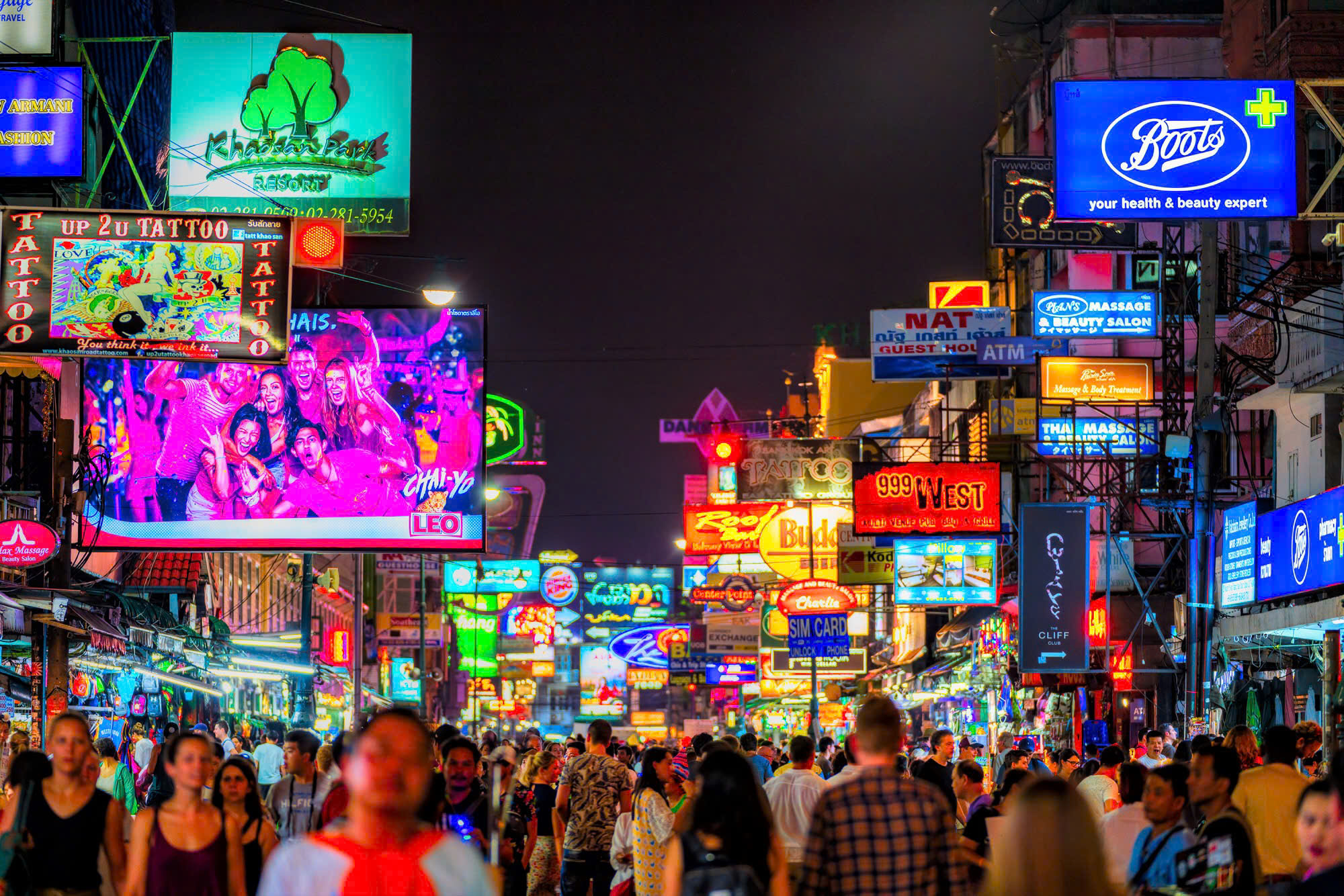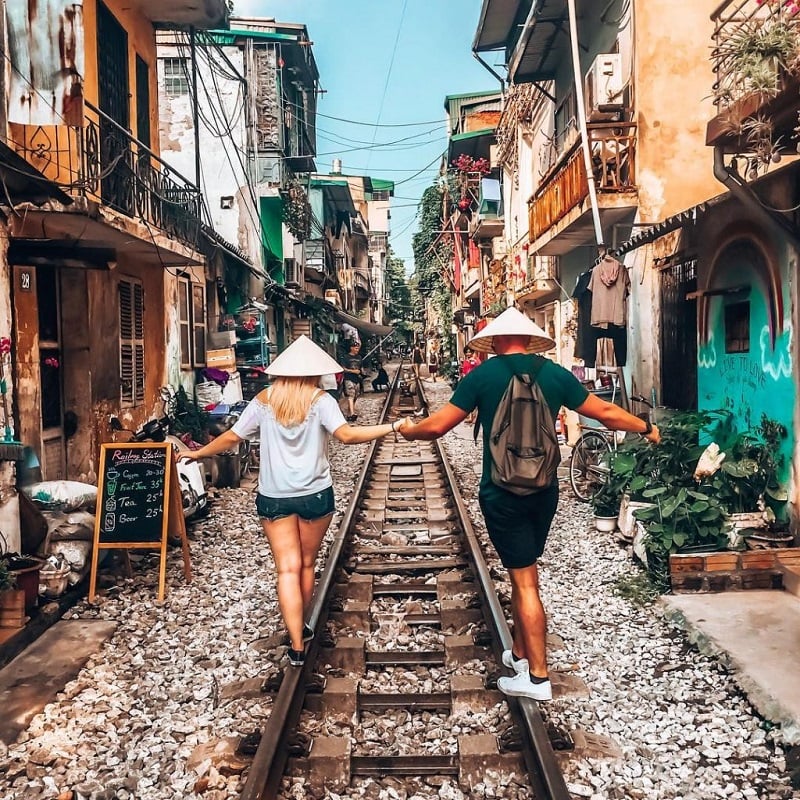Tonle Sap Lake
Tonle Sap Lake is a natural wonder that has captivated travelers and scientists alike for generations. This vast freshwater lake is renowned for its unique ecological significance and dynamic seasonal changes. Stretching across approximately 2,700 square kilometers during the dry season and swelling to an astonishing 16,000 square kilometers during the monsoon, Tonle Sap Lake is not only the largest lake in Southeast Asia but also a vital lifeline for countless communities that call its shores home. In this introduction, we will delve into the rich biodiversity, cultural heritage, and the essential role that Tonle Sap Lake plays in the lives of those who rely on its abundant resources.

Angkor Wat
Angkor Wat, a masterpiece of ancient architecture and a symbol of Cambodia's rich cultural heritage, stands as one of the world's most awe-inspiring archaeological wonders. Located in the heart of the lush Cambodian jungle near Siem Reap, Angkor Wat is a testament to the ingenuity and artistic brilliance of the Khmer Empire. This iconic temple complex, originally constructed in the 12th century, showcases a harmonious blend of Hindu and Buddhist influences, intricate stone carvings, towering spires, and serene reflecting pools. In this introduction, we will explore the history, significance, and enduring allure of Angkor Wat, a site that continues to inspire and captivate visitors from around the globe.

Ta Prohm
Nestled amidst the sprawling Angkor Archaeological Park in Cambodia, Ta Prohm is a temple like no other. This ancient marvel, built in the late 12th century, is a captivating blend of natural beauty and architectural ingenuity. What sets Ta Prohm apart is its unique state of preservation, with towering silk-cotton trees and lush vegetation intertwined with its stone structures, creating an enchanting fusion of man-made and natural elements. In this introduction, we will delve into the captivating history, intricate architecture, and the mesmerizing allure of Ta Prohm, a testament to the relentless embrace of nature over time.

Angkor Night Market
the Angkor Night Market is a vibrant and bustling hub that comes alive after the sun sets. This enchanting market offers a unique blend of Cambodian culture, handicrafts, and a lively atmosphere, making it a must-visit destination for tourists and locals alike. With rows of colorful stalls illuminated by twinkling lights, visitors can explore a diverse array of handmade crafts, traditional Khmer souvenirs, and savor delectable local cuisine. In this introduction, we'll uncover the charm and vibrancy that make the Angkor Night Market a captivating and unforgettable experience for all who wander through its lively lanes after dark.

Angkor Thom
Angkor Thom, an ancient citadel nestled within the Angkor Archaeological Park in Cambodia, stands as a testament to the grandeur and sophistication of the Khmer Empire. This monumental city, established in the late 12th century by King Jayavarman VII, served as the capital of the empire and is renowned for its breathtaking architecture and intricate city planning. Surrounded by a massive moat and impressive walls adorned with enigmatic stone faces, Angkor Thom exudes an aura of mystery and majesty. In this introduction, we will delve into the historical significance, remarkable landmarks, and the enduring allure of Angkor Thom, a site that continues to mesmerize visitors from around the world.

Banteay Srei
Nestled amidst the dense jungles of Cambodia's Angkor Archaeological Park, Banteay Srei stands as a jewel of ancient Khmer artistry and craftsmanship. This exquisite temple, dedicated to the Hindu god Shiva, was built in the 10th century and is celebrated for its intricate and delicately carved pink sandstone sculptures. Often referred to as the "Citadel of Women" due to the belief that only skilled women could create such fine carvings, Banteay Srei is a testament to the Khmer Empire's artistic excellence. In this introduction, we will explore the history, unparalleled beauty, and the artistic treasures that make Banteay Srei a remarkable and cherished destination within the Angkor complex.

Angkor National Museum
The Angkor National Museum, located in the charming town of Siem Reap, Cambodia, is a captivating repository of the ancient wonders that once thrived in the Khmer Empire. This modern and thoughtfully curated museum offers visitors an immersive journey through the rich history, art, and culture of Angkor, providing invaluable context to the awe-inspiring temples found within the nearby Angkor Archaeological Park. With an impressive collection of artifacts, detailed exhibits, and multimedia presentations, the Angkor National Museum serves as a gateway to understanding the profound legacy of the Khmer civilization. In this introduction, we will delve into the museum's role in preserving and showcasing the treasures of Angkor, making it an essential starting point for any exploration of this UNESCO World Heritage site.

Beng Mealea
Hidden amidst the lush Cambodian jungle, Beng Mealea emerges as a remarkable testament to the grandeur of Khmer architecture and the enduring allure of archaeological exploration. Located in the Angkor Archaeological Park, this ancient temple, constructed in the 12th century during the reign of King Suryavarman II, offers a captivating blend of history and nature. Unlike many of its more famous counterparts, Beng Mealea has been left largely unrestored, allowing visitors to witness the breathtaking beauty of temple ruins intertwined with sprawling tree roots and foliage. In this introduction, we will embark on a journey to uncover the mysterious past and the unique charm that make Beng Mealea a hidden gem within the Angkor complex, waiting to be explored by adventurous souls and history enthusiasts alike.













